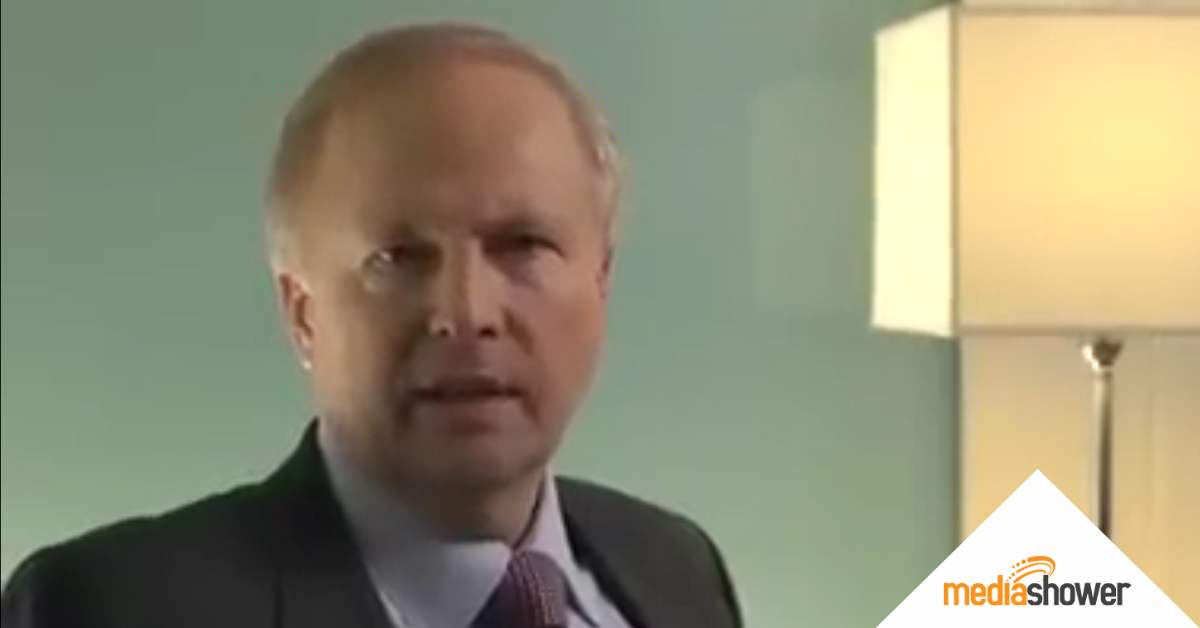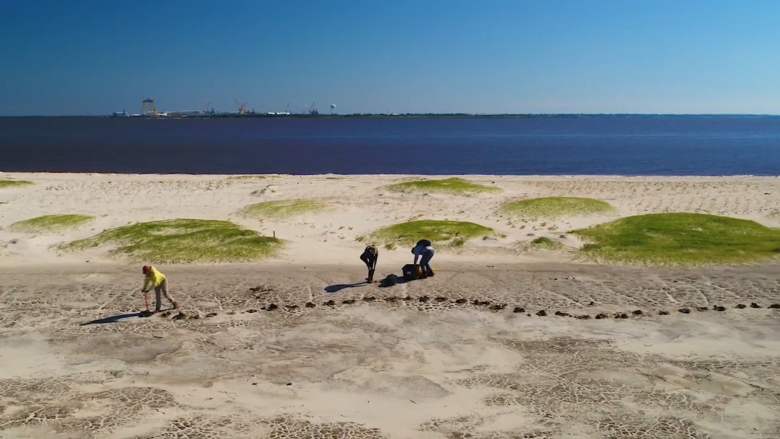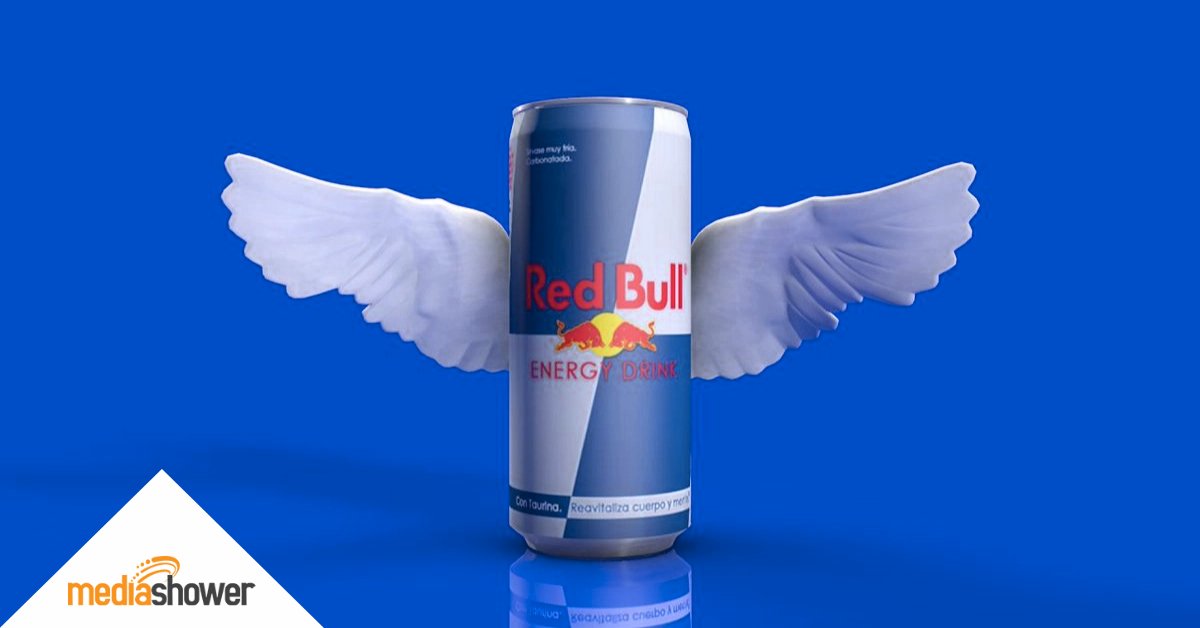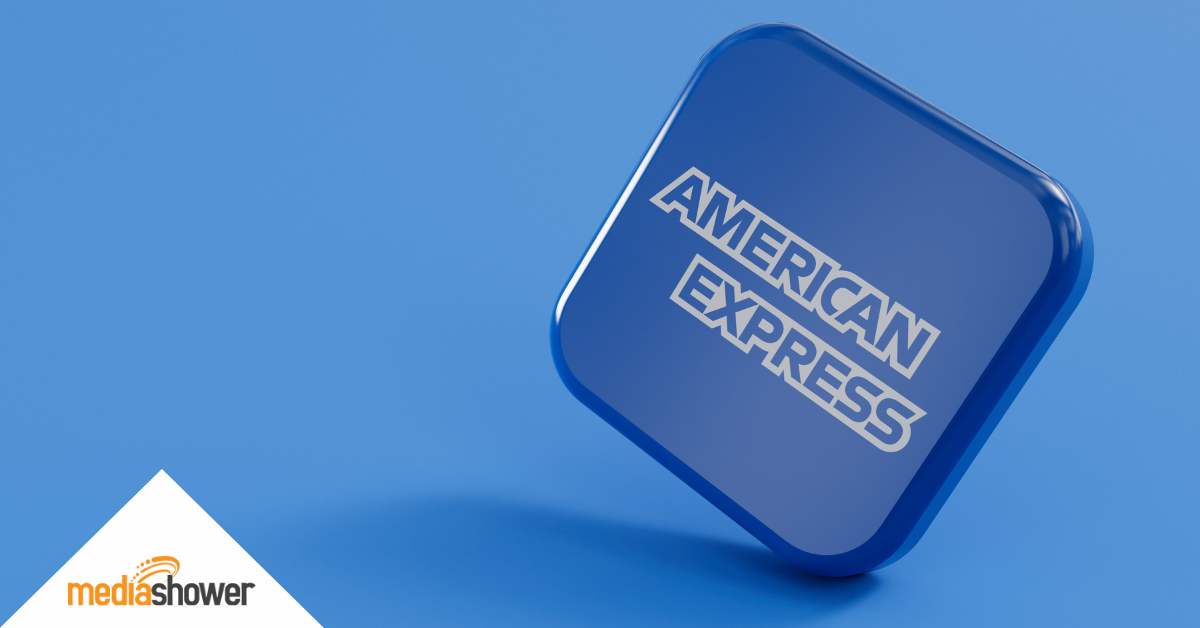
On April 20, 2010, the Deepwater Horizon drilling rig exploded in the Gulf of Mexico, killing 11 workers and triggering the worst environmental disaster in U.S. history. For 87 days, oil gushed from the seafloor while millions watched helplessly on live underwater cameras.
BP transformed overnight from a respected energy company into a symbol of corporate negligence. Their green “Beyond Petroleum” rebrand became a bitter joke. Gas station owners reported customers driving past to fill up elsewhere.
The company that had spent years building environmental credentials watched decades of reputation work vanish into the Gulf waters.
The question became: How does a company recover when its name becomes synonymous with dead pelicans and ruined livelihoods?
“Deepwater Horizon: A First-hand Account”
The Bungled Response
BP’s initial response created a masterclass in what not to do. CEO Tony Hayward complained to reporters, “I’d like my life back,” while Gulf Coast residents worried about their actual lives and livelihoods. He called the spill “relatively tiny” compared to the “very big ocean.”
“Bob Dudley Takes the Helm of BP”
Technical solutions failed spectacularly on live television. The “top hat,” the “junk shot,” and other attempted fixes became symbols of incompetence. Each failure deepened public rage. Protesters gathered outside BP stations. Boycott Facebook pages attracted hundreds of thousands of members.
The lesson was brutal but clear: Technical competence means nothing without emotional intelligence. While engineers scrambled for solutions, BP’s leadership seemed tone-deaf to human suffering.
“The First 100 Days”
The Turning Point: A New CEO
Everything changed when Bob Dudley replaced Hayward as CEO in October 2010. Dudley, an American who grew up in Mississippi, understood Gulf Coast culture. His first move was to stop defending and start accepting.
BP announced a $20 billion compensation fund for the affected gulf states—not after lawsuits forced them, but voluntarily. Dudley appeared at town halls, taking direct heat from angry residents. Instead of deflecting or minimizing, he listened.
The company accepted full responsibility in all public communications. No more “if we’re found responsible” hedging. This shift from defensive to accountable marked the beginning of BP’s long climb back.
“BP’s Bob Dudley on Earning Back Trust”
Action Over Apologies
BP knew that words alone wouldn’t restore trust. Here’s what they did to rebuild their reputation brick by brick.
Economic recovery
BP paid out over $13 billion in claims to businesses and individuals. Again, they didn’t wait for court orders. Fishermen, hotel owners, and restaurant workers received checks while legal battles continued.
Environmental restoration
The company committed $500 million to independent research on Gulf ecosystems. They funded the largest environmental restoration project in U.S. history, spending billions to rebuild wetlands and protect wildlife.
Safety overhaul
BP restructured their entire safety approach, creating a new global safety division with sweeping powers. They invested over $14 billion in technology and training upgrades..
Transparency commitment
The company stopped hiding behind corporate speak and began publishing detailed progress reports every quarter.
Where Did the Money Go?
Here’s the breakdown of BP’s Clean Water Act civil penalties under the RESTORE Act (total = $6.63 billion), showing where the money went and who received it.
Source: National Oceanic and Atmospheric Administration (NOAA)
Marketing That Worked
BP’s reputation recovery required more than cleanup crews. These strategic communication moves helped shift public perception:
Local voices first
Instead of corporate executives, BP’s commercials featured Gulf Coast shrimpers, hotel owners, and tour operators. Residents told their own stories of recovery and resilience.
Visual proof
BP began showing restored beaches, thriving seafood restaurants, and tourists returning. Time-lapse videos documented marsh grass growing back.
Sustained presence
Years after the spill, BP continued running “Gulf Coast recovery” campaigns. The message: We didn’t just clean up and leave.
Community partnerships
BP highlighted investments in Gulf communities, including science centers, job training programs, and small business grants. They became part of the recovery story, not just the disaster story.
“Restoring the Gulf: 10 Years After”
Measuring the Comeback
BP’s stock price tells part of the story. After losing 54% of its value in 2010, shares bounced back to $47 by 2018. (However, they never bounced back to their pre-spill share price of $59-$60.)
Deepwater Horizon has become a symbol of industrial accidents, environmental catastrophe, and corporate lack of accountability. Despite that, the company has maintained its position among the world’s largest oil companies with a revenue of $241 billion in 2022.
What’s more, public opinion polling shows BP’s favorability ratings have improved from -52 points in 2010 to +19 points by 2025. While still below pre-spill levels, the trend shows an improvement of +71 points in the 15 years since the spill.
The Recovery Playbook
Major reputation crises follow predictable patterns. The immediate aftermath brings stock crashes, boycotts, and public rage. Recovery requires massive investment.
Leadership changes often signal genuine transformation. New faces represent new values. But cosmetic changes fool nobody—actions must follow.
Some brands never fully recover. Arthur Andersen disappeared after Enron. Others, like Johnson & Johnson after the Tylenol poisonings, emerge stronger. The difference? Total commitment to making things right, whatever the cost.
BP’s reputation will forever carry Deepwater Horizon’s shadow. But their systematic approach to rebuilding trust offers a masterclass in crisis recovery.
In reputation management, the real test isn’t avoiding crisis. It’s what you do after everything goes wrong. BP proved that even the worst corporate disasters don’t have to be death sentences. Recovery is possible.
But it requires accepting responsibility, committing resources, and understanding that rebuilding trust takes infinitely longer than destroying it.

Marketer Takeaways
BP’s journey from pariah to partial redemption offers these critical insights for any company facing reputation disaster.
- Accept responsibility completely. Half-apologies and legal hedging destroy credibility. BP’s turnaround began when they stopped qualifying their responsibility.
- Actions over advertising. BP spent billions on Gulf restoration before launching feel-good commercials. Substance must precede spin.
- Think in years. BP’s reputation recovery took over a decade. Companies expecting quick fixes will fail.
- Communities lead narratives. BP learned to step back and let Gulf residents tell the recovery story. Authentic local voices beat corporate messaging.
- Transparency builds trust. Regular, detailed progress reports—including setbacks—created credibility that promises couldn’t.
Media Shower’s AI marketing platform helps brands turn crisis into confidence. Click here for a free trial.


